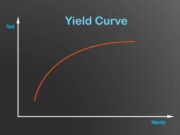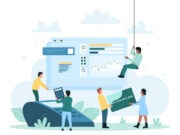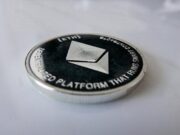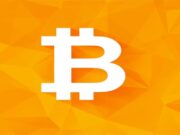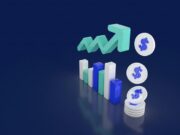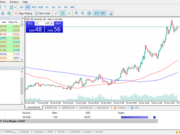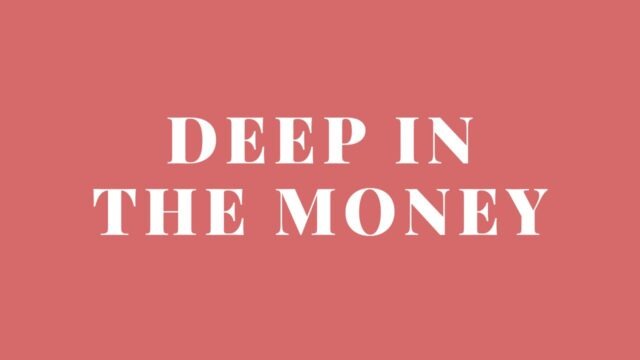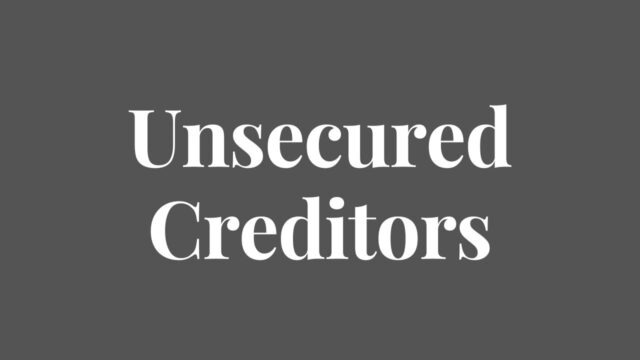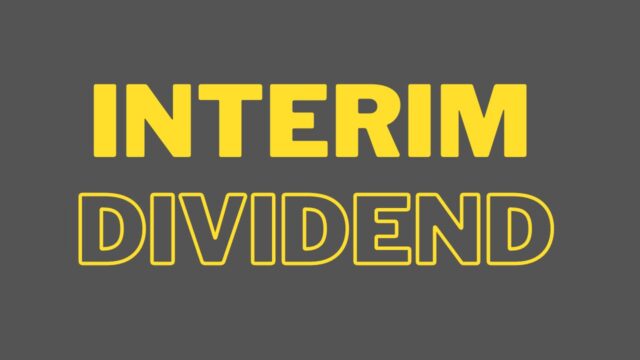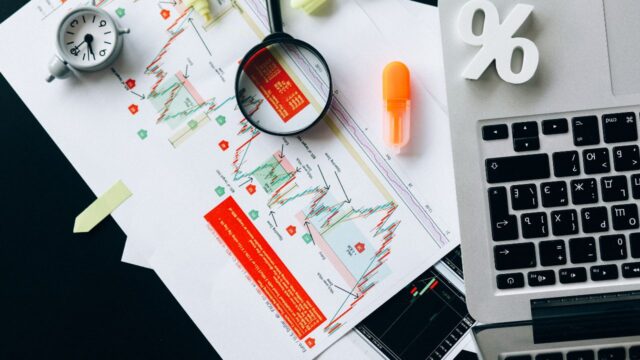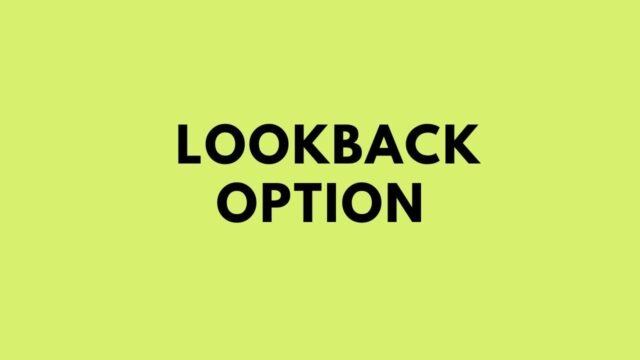How To Choose A Lender Depending On Your Needs?
If you need a loan, then you need to find a reliable lender to work with. Borrowing money from a company that doesn’t have a license or has a bad reputation can be an extremely stupid idea. Loan sharking is a huge problem in the United States and across the world. Taking money from a loan shark is one...
8 Promotional Items Clients Truly Get Use Out Of
Clients love receiving free merch and promo items after staying loyal to a company for a few years. You can even get proactive with creating loyal customers by simply giving them free gifts whenever they use a certain tier of products or services that your company offers. The more useful the gift you’re giving out is the more effective...
What Is a Credit Score and Why It Matters?
If you have ever applied for a loan, you might have been asked to provide information regarding your credit history, so they’ll know if your credit score will qualify. It is common practice when individuals want to apply for mortgages and other financings. For many people, their credit score is crucial in determining whether they can obtain the financing they...
The Many Uses of Warehouse Space
Warehouse space can be used for a variety of different things. It can be used for office space, manufacturing, product storage, and distribution. There are even times when warehouse space is converted into an events center. Manufacturing There are several different types of manufacturing uses for warehouse space. Some typical applications include light industrial areas, manufacturing facilities, and distribution centers. In addition,...
What Does “Deep in the Money” Mean?
When it comes to trading, you may hear the term “deep in the money” being tossed around. But what does this phrase mean and how can it be used to your advantage? In this blog post, we will take a look at what exactly deep in the money means and how it is used in stock trading. What is Deep...
Unsecured Creditors: What You Need to Know
In the world of business, an unsecured creditor is a company or individual who has lent money to another company or individual, but who does not have any collateral or security for the loan. Unsecured creditors are in a risky position because they have no guarantee that their loan will be repaid, so it is important to understand how...
What Is An Interim Dividend And Why Should You Care?
If you’re a savvy investor looking for the best way to make money, understanding what an interim dividend is and how it works is essential. Interim dividends are a type of dividend that a company may decide to pay out when they want to reward shareholders but don’t have enough profits in one fiscal year to issue a final...
Understanding Legislative Risk In The Business World
As a business owner or risk manager, you’re likely familiar with the concept of “legislative risk.” This term refers to the potential financial and legal risks posed by changes in state and federal laws and regulations. To protect your business from legislative risk, it is important that you understand how legislative risk works and how best to manage it. Let’s...
Lookback option: A Lookback at the Option of Looking Back
The concept of the lookback option has been around for centuries and is still used today in various forms. From ancient Greece to modern-day trading, the lookback option has been a way to gain an advantage in uncertain markets. It's simple yet powerful, and it can be used to help you make decisions when faced with complex situations. Let’s...
Telescopic Slides, Your Ally In Load Extraction
To ensure the smooth operation of sliding doors, drawers or sliding gates, telescopic slides are your best ally. As a professional linear device manufactured for applications that require heavy loads with too much precision, this device can serve you well. There are many types of slides available to fit your projects perfectly. To learn more about its usefulness as...




